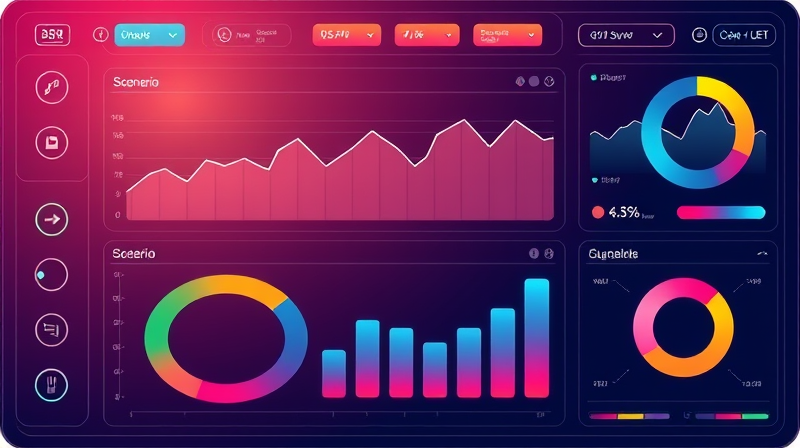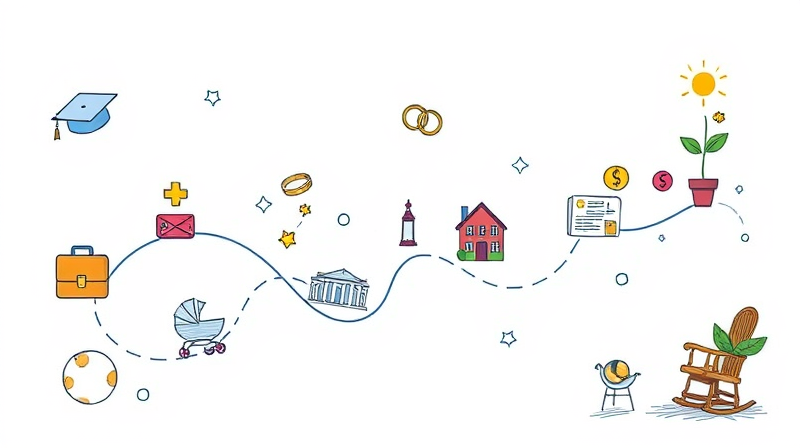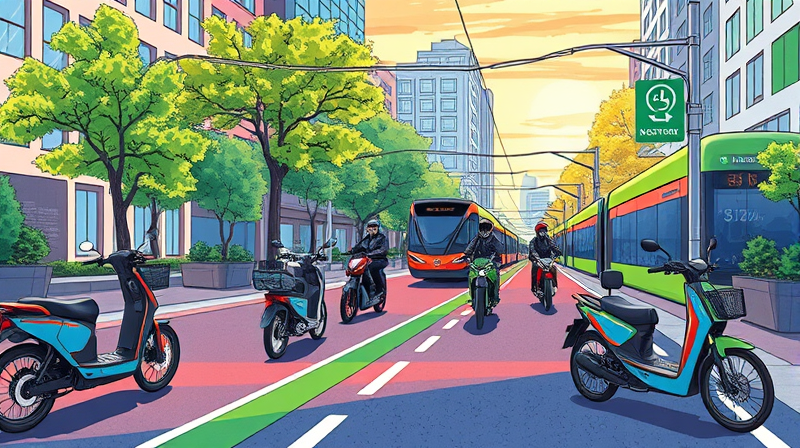
The consumer fintech industry is experiencing a profound transformation as it shifts its focus toward communities that have long been excluded from mainstream financial services. Advances in technology, supportive regulation, and innovative business models are converging to open doors for millions of people worldwide, from rural villagers to urban gig workers. This article explores how the next wave of fintech is creating opportunities, driving change, and paving the way for a more inclusive financial ecosystem.
Over the past decade, fintech companies prioritized rapid expansion and acquiring mainstream customers. Today, a new imperative has emerged: delivering value to the most underserved segments of the population. This change is fueled by several factors:
By targeting unbanked, underbanked, and excluded groups, fintechs are not only fulfilling a social mission but also tapping into vast, unexplored markets with significant growth potential.
Numbers speak volumes about the impact of inclusive fintech efforts. Consider these key metrics:
Fintech revenue and profits surged by 40% and 39% respectively in 2023–2024, even as customer growth rates moderated. This resilience underscores the viability of business models centered on inclusion.
At the heart of this movement are technological breakthroughs and inventive services designed to bridge financial gaps. Key innovations include:
These solutions enhance user experience, reduce risk, and lower operating costs, making them particularly suited to underserved communities.
Fintech’s focus on inclusion translates into tangible benefits for diverse groups:
By addressing their unique needs, fintechs are empowering individuals to start businesses, save for education, and build financial resilience.
Partnerships lie at the core of scalable, impactful fintech initiatives. Community banks, global banks, and fintech startups are joining forces to leverage each other’s strengths. Traditional banks provide regulatory expertise and trust, while fintechs contribute agility and fresh technology. This synergy results in:
Moreover, industry coalitions advocate for balanced regulation that fosters innovation while safeguarding consumers, creating an environment where inclusive fintech can flourish.
Despite the optimism, hurdles remain. Many banks still operate on outdated core systems, slowing the integration of cutting-edge tools. Venture capital for fintech dipped to $21.5 billion in 2024, the lowest since 2016, highlighting the need for self-sustaining business models. Regulatory complexity across jurisdictions adds another layer of difficulty, especially when reaching higher-risk segments. Simultaneously, as more individuals join digital platforms, cybersecurity risks intensify, demanding robust protections and user education.
The road forward is bright but requires continued innovation and collaboration. Key future drivers include:
Ultimately, the fintech pioneers who succeed will be those who embed inclusion at their core, design for the specific needs of underserved users, and prove both profitable and socially impactful. As the industry matures, its real triumph will be measured not just in revenues, but in the lives lifted out of poverty and the communities empowered to thrive.
References













